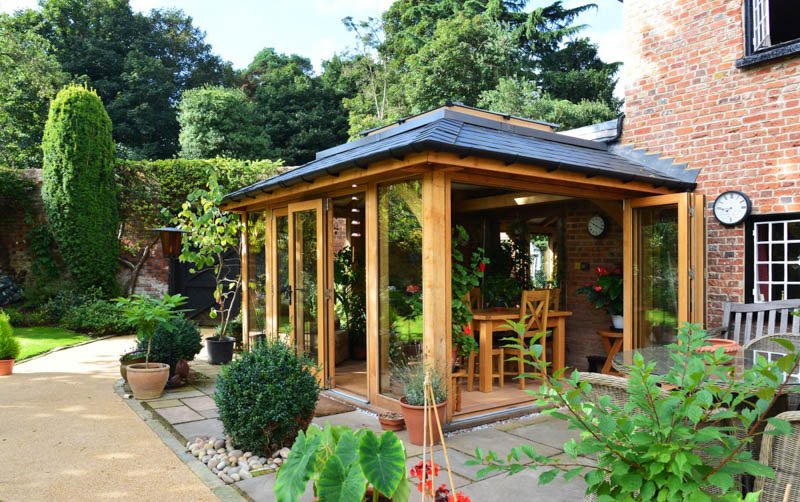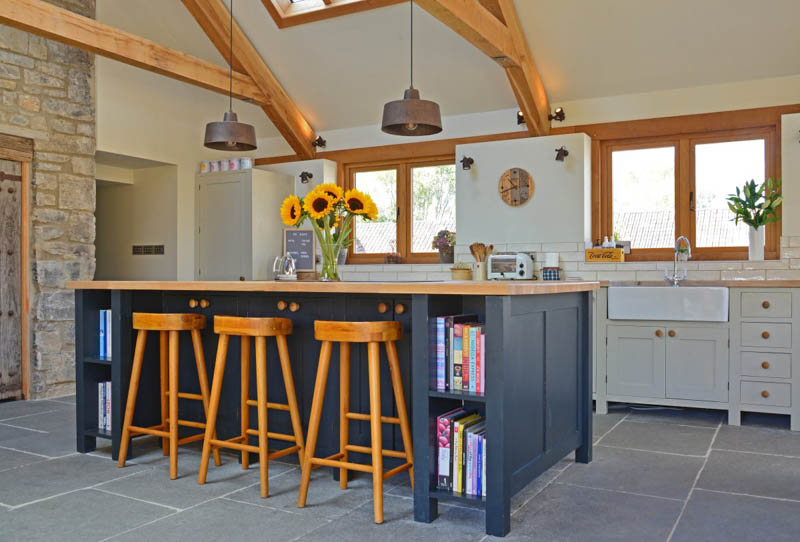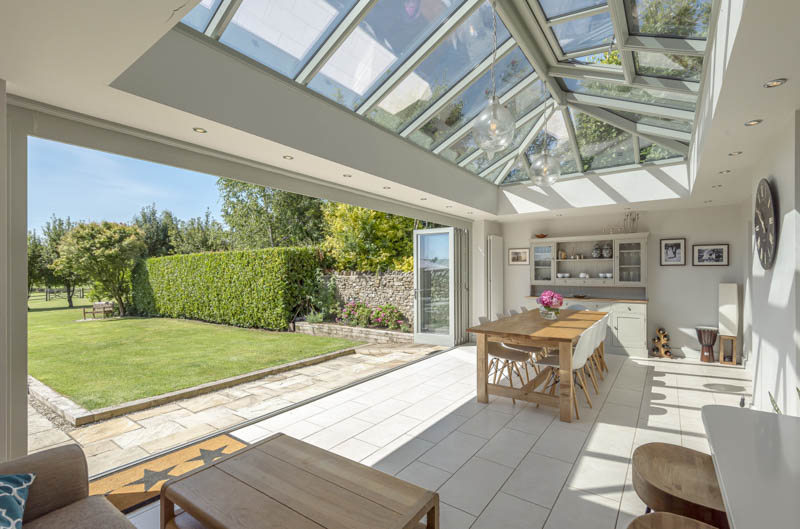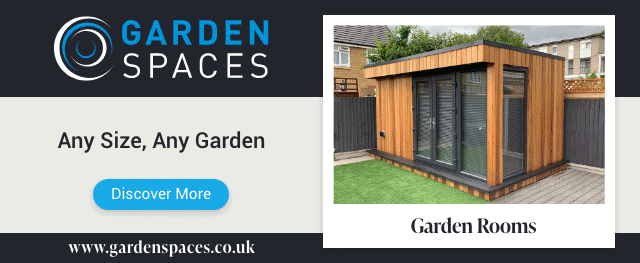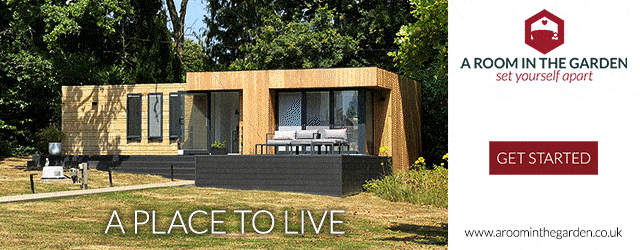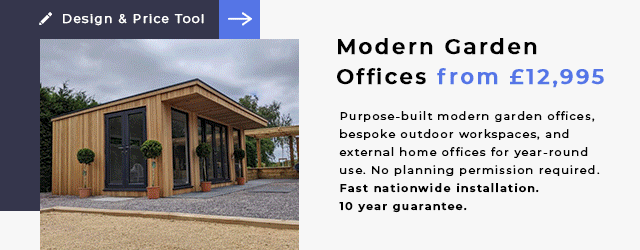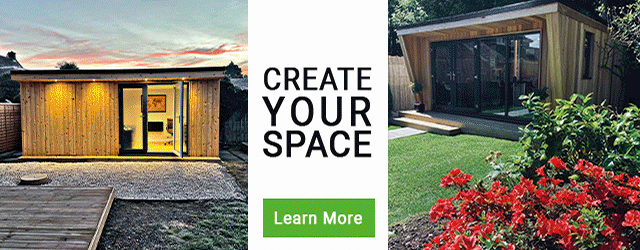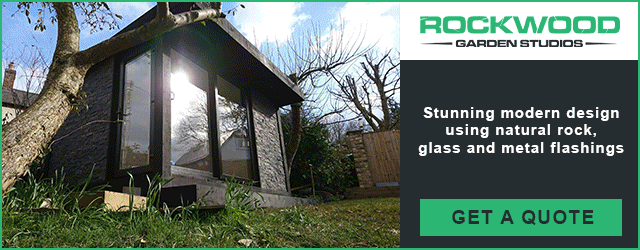Guest post by Karen Bell, Sales Director at David Salisbury, a company manufacturing and installing top of the range hardwood conservatories, garden rooms and orangeries for over 30 years
One of the main principles of any successful design scheme, which can equally be applied indoors or outside, is aesthetics. Getting the balance right in terms of proportion and style are obviously important, but when it comes to considering a home extension, looking beyond the host building to the surrounding environment is critical.
A skilled designer, working with a bespoke manufacturer and builder, will ensure a garden room is designed as a seamless link between your indoor living space and your outdoor play space. But we have probably all seen examples of less sympathetic extensions, which look like they have been bolted on more as an after-thought. Here are five top tips to help blur the lines between your garden and your extension.
Prioritise your views
We all spend plenty of time indoors, due in part to the vagaries of the weather in this country, but a key influence on getting us outdoors is being able to see the surrounding landscape. For those fortunate enough to have a decent-sized garden or at least views of the countryside, be sure to prioritise the views.
Those views are as important to consider in the design of a new extension as they are in considering the best use of space and layout in an existing conservatory or garden room. If your proposed or existing extension benefits from generous proportions of glazing, then aim to maximise the views that the windows will provide. Consider this both internally and externally, to ensure any planting blends in with the garden room whilst not obscuring the views or flow of light.
Being closer to views of nature is a facet of biophilic design, a concept that has developed within the building industry to increase our connection to the natural environment – with proven positive impacts on our mental and physical wellbeing.
Utilise natural materials
Whilst this is more of an obvious feature in a garden, using natural materials in the construction of a building is another example of biophilic design. Timber remains the only truly sustainable building material – so opting for solid timber garden room, particularly one from a rustic, unfinished wood such as oak, is the best way to design an extension that will potentially blend in with both your house and garden.
Adding a slate or tiled roof, in a matching or similar style to the original building, will again ensure a joined-up, complementary look.
Be adventurous with indoor plants
An orangery or conservatory, or other similar type of glazed extension, is the ideal environment to grow some more exotic types of plants. Indeed, this was the very reason that the first orangeries were designed back in the Middle Ages: to house citrus trees.
Why not experiment with smaller orange or lemon trees as houseplants, which can be successfully grown in pots? Not only will your home benefit from the smell and aesthetics of these trees, but the addition of an accent colour can also offset the darker tones of an oak framed extension.
Let there be (natural) light!
Any indoor plants will obviously need abundant natural light, which is one of the many benefits of an adding an extension such as a garden room or conservatory.
Whilst windows will usually be the key source of light, an experienced designer will consider light flow from above as well. A roof lantern, a typical hallmark of an orangery, is the perfect solution to ensure plentiful supply of light during the day. This combination of window and overhead light will be important for the success of any indoor planting.
Outside is as important as inside
Biophilic design, as previously mentioned, is a concept which relates to the interior connection of a building to the outside. That said, the reverse can be said to be equally important from the outside, looking in.
Any landscaping around the exterior of the garden room should ideally work in harmony, as opposed to compete for attention. When opening up bi-folding or French doors, the aim is to create a seamless connection so that residents can move effortlessly from indoors to out. The same is true of any exterior planting – think of co-ordination and sympathy, as opposed to dominant or large-scale proportions.
To learn more about David Salisbury garden room extensions, visit their website. Alternatively, give them a call on 01278 764 444 or send them an email: sales@davidsalisbury.com


